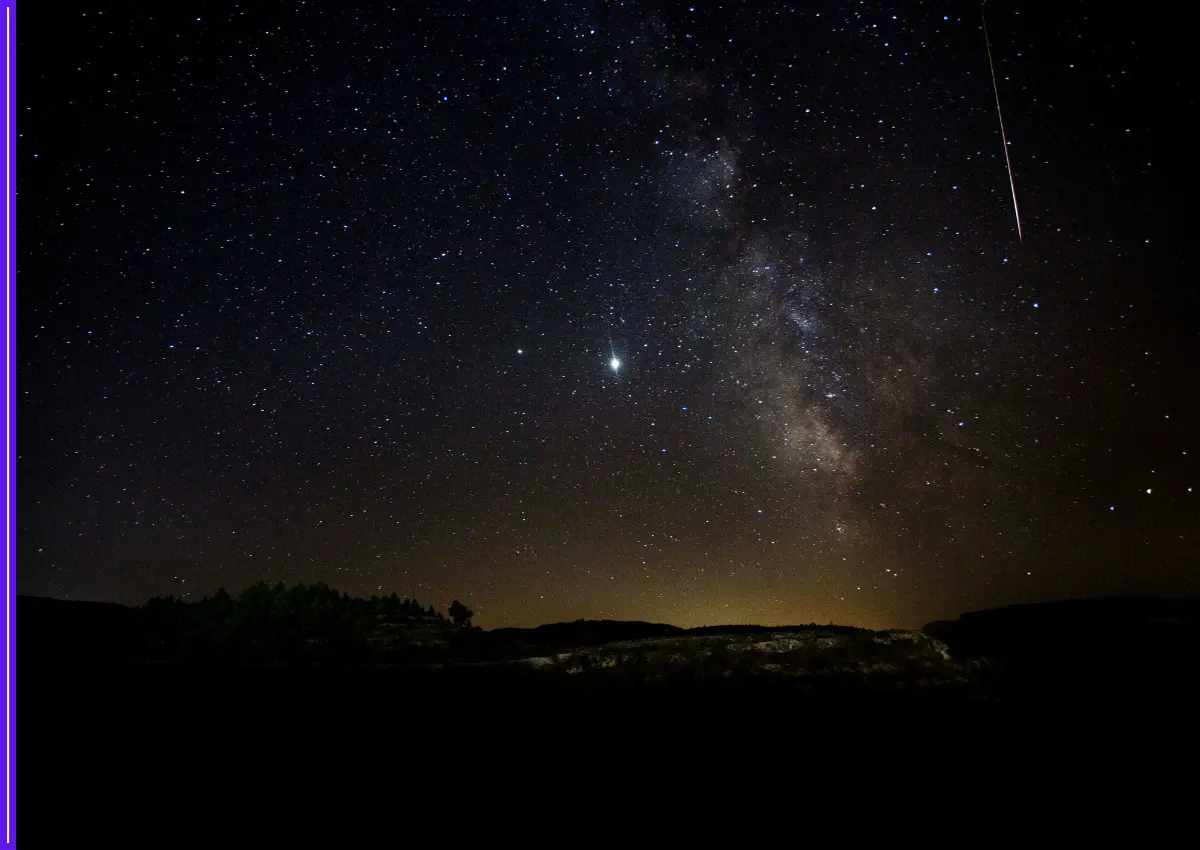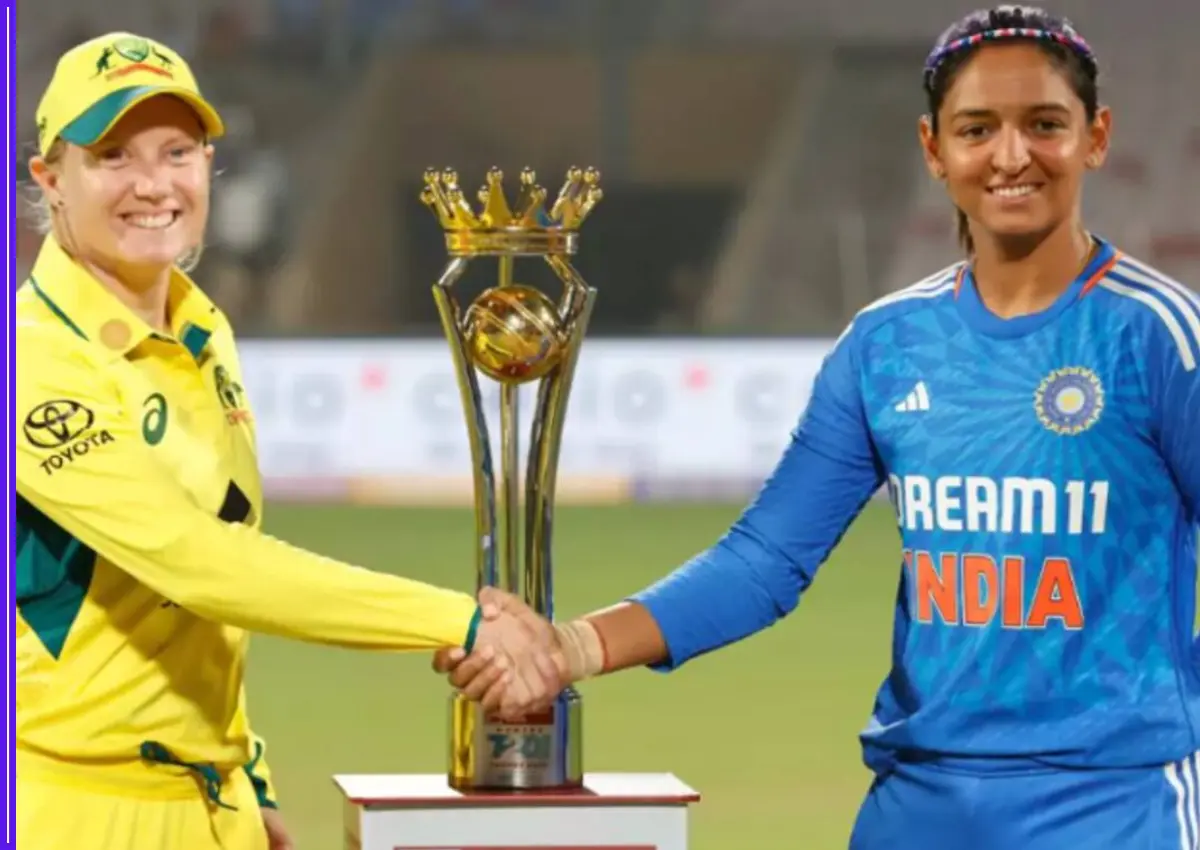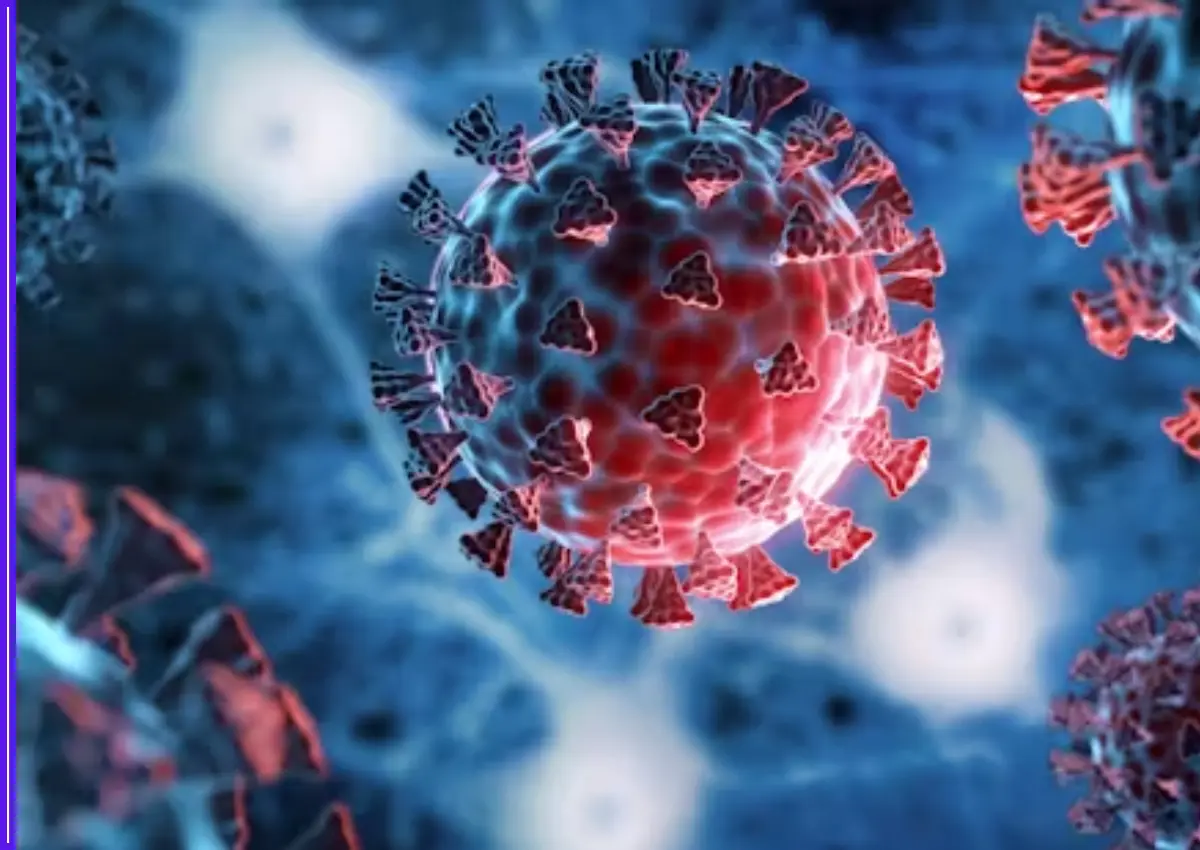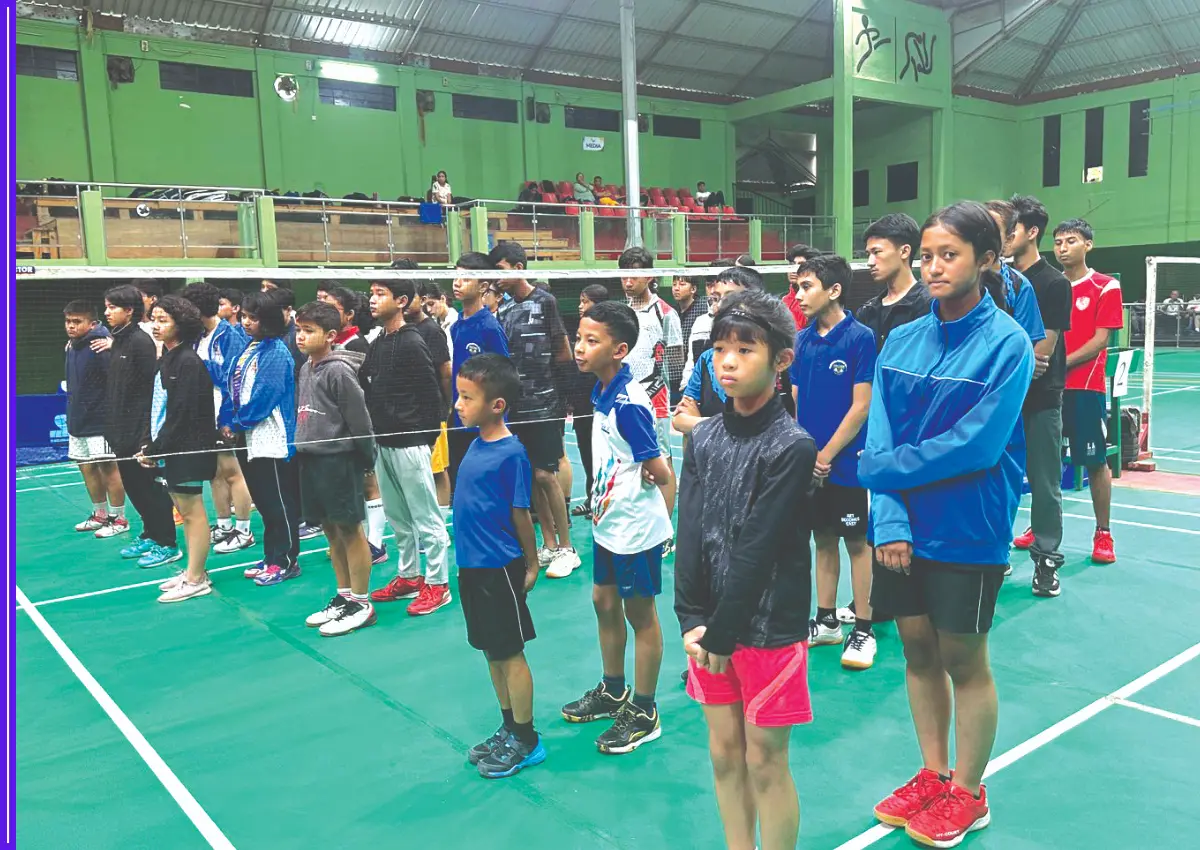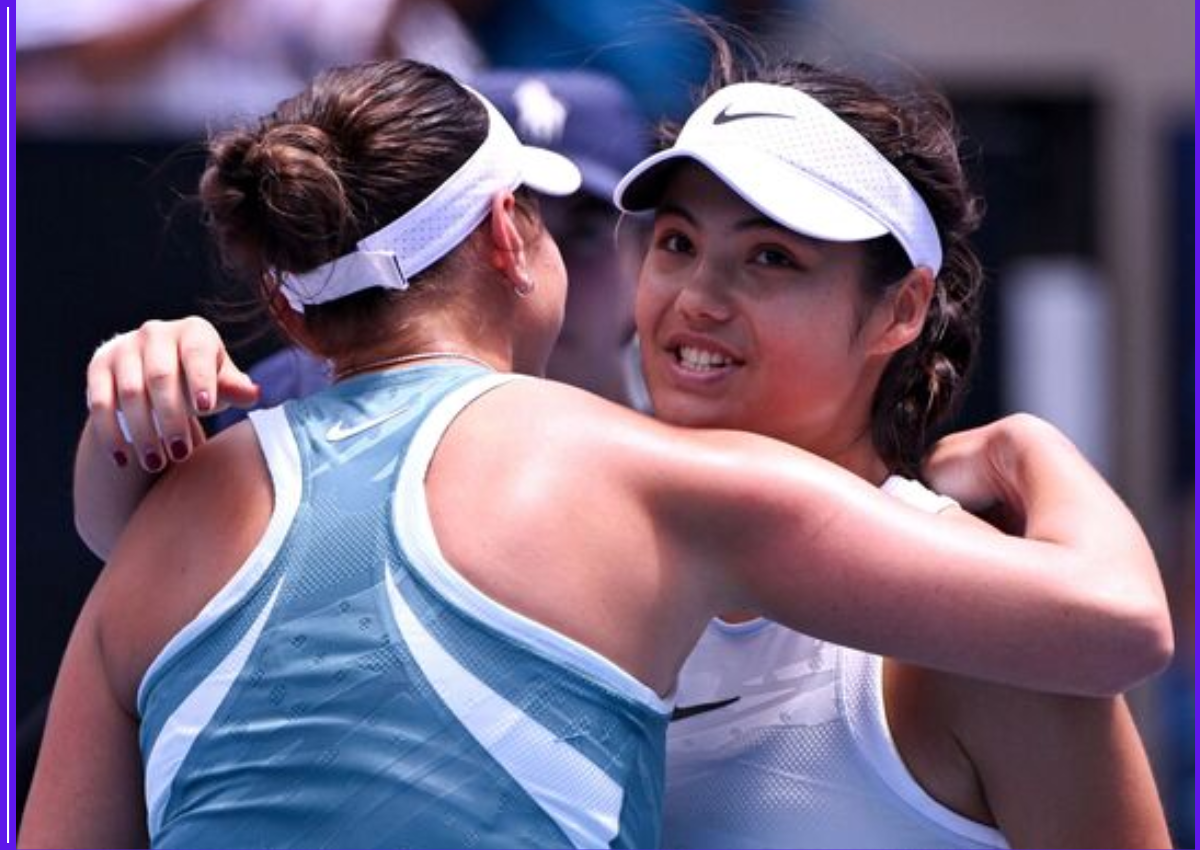The realm of Deepfake is growing
The term “deepfake” is a combination of the words “deep” from “deep learning” and “fake,” of course, from “fake.” Deep learning is a sophisticated Artificial Intelligence (AI) technique that extracts increasingly higher-level features from unprocessed data by applying numerous layers of machine learning algorithms. It can pick up knowledge from unstructured data, like a person’s face. For example, an AI can collect movement data about you.
A GAN (Generative Adversarial Network) can then be used to process that data and produce a Deepfake video. Another type of customised machine learning system is this one. The idea is to employ two neural networks in competition with one another to learn the features of a training set (facial photos, for example) and then produce new ‘photographs’, or data with the same features.

What do laws in India say about deepfakes?
- Section 66E of the Information Technology Act, 2000: Deepfake Crimes
Refers to the invasion of privacy caused by the unapproved use, printing, or transmission of a person’s pictures in mass media.
Penalties: ₹2 lakh fine or a maximum of three years in jail.
- Section 66D of the IT Act: Impersonation or Cheating
Focuses on those who use communication devices or computer resources maliciously to pretend to be someone else or cheat.
Penalties: One lakh rupee fine or three years in jail.
- Sections 67, 67A, and 67B of the IT Act: Pornographic or Sexually Explicit Deepfakes
Legal action for mailing or airing deepfakes that are obscene or pornographic.
Penalties are imposed based on how serious the offence was.
- IT Rules: Social Media Responsibility
Requires that “artificially morphed images” be removed as soon as they are made aware of.
Forbids hosting any content that assumes the identity of another individual.
- India’s IT Rules, 2021: Timely Removal of Fraudulent Content
Within 36 hours, intermediate platforms have to take down any fraudulent or deepfake content.
- Ministry’s Letters to Social Media Networks: Impersonation Warning
Social media sites emphasised that Section 66D of the IT Act forbids impersonation.
Highlights how quickly photographs that have been digitally manipulated must be removed.
- Safe Harbor Protection Risk: Non-Compliance Consequences
If social media sites don’t take down content that violates policies, they could lose their “safe harbour” protection.
Platforms are free from liability for user-generated content on third-party platforms thanks to safe harbour protection.
- Discouraging Threat Actors with Legal Measures
The goal of the legal actions taken under India’s IT Rules is to deter threat actors from creating deepfake films.
highlights the need for intermediary platforms to play a role in preventing the spread of false content.
- Ministry’s Response to Rashmika Mandanna’s Deepfake Videos
The Ministry’s correspondence with social media platforms emphasises that Section 66D forbids impersonation.
Upholds the IT Rules, 2021, which demand that deepfake information be taken down as soon as it is discovered.
Examples of Deep Fake
Examples of well-known Deepfakes can easily be found. A video that actor Jordan Peele released warning people about Deepfake videos combined real footage of Barack Obama with his own portrayal of the president. This is an example of a Deepfake. He then displayed the differences between the two halves of the combined video. His counsel? We must challenge what we observe.
A film purporting to show Mark Zuckerberg, the CEO of Facebook, discussing how stolen user data, particularly from Instagram, gives Facebook “control over the future.” Just 21 seconds of his address on Russian election meddling were used to create the new video. The original footage was taken from that speech. The voice impersonation revealed the truth, however it wasn’t as good as Jordan Peele’s Obama impersonation.
However, shoddy imitations can still make a big impression. Millions of people saw a bogus video on YouTube purporting to show Nancy Pelosi intoxicated, but it was actually a film that was purposefully slowed down to give the impression that she was slurring her words. Furthermore, a lot of well-known ladies have discovered themselves starring in revenge porn by having their faces altered into pornographic pictures and videos.
List of Indian Celebrities who fell victim to deep fakes
Alia Bhatt
A doctored video of Alia Bhatt appeared online at the end of November. It shows the female making lewd gestures while wearing a blue floral attire. By altering a person’s face in any photograph or video, this technique makes it possible to manipulate both photos and movies. Deepfakes have raised worries about the misuse of artificial intelligence (AI) since they can appear convincing in certain situations.
Rashmika Mandanna
The first well-known person from Bollywood to fall victim to deepfake was Rashmika Mandanna. Early in November, an image of the Animal actress’s face swapped out for a British influencer’s body went viral. As a response, she wrote: “I feel really hurt to share this and have to talk about the deepfake video of me being spread online.” She went on to describe the circumstance as “very scary.” Several celebrities, including Mrunal Thakur and Amitabh Bachchan, expressed their disapproval of the video after it became viral.
Katrina Kaif
A few weeks ago, an altered digital photo of the actress from her most recent film, “Tiger 3,” appeared online. In the altered photo, the Bollywood actress was seen fighting a stunt woman dressed in a towel, but in the original, she was seen donning a low-cut white top and matching bottoms.
Kajol
Kajol was also the target of the deepfake in the same month after a doctored video of her appeared online. According to BoomLive, the video was posted on TikTok by British social media influencer Rosie Breen as part of the Get Ready With Me movement. However, she has changed Kajol’s visage in the fictitious video, and it appears that the DDLJ actress is getting dressed up in front of the camera.
Sara Tendulkar
Shubman Gill and Sara Tendulkar were also duped by deepfake technology. On her brother Arjun Tendulkar’s birthday a few months prior, Sara shared a photo of the two of them on Instagram. The photo went viral within hours when a deepfake tech specialist substituted Arjun’s face with that of her purported partner Shubman Gill.
Priyanka Chopra
The most recent victim of deepfake technology is Priyanka Chopra. The actress’s face wasn’t used directly, in contrast to others. Nonetheless, a phoney brand advertising video utilised lines and voice actors. In the fictitious video, PC is heard discussing her annual salary and endorsing a product, according to India Today.
Wrap-up
The legal and regulatory environment must change in tandem with the deepfake phenomenon in order to shield people from the possible risks associated with falsified information. Governments, tech firms, and society as large must work together to create practical plans that reduce the dangers that come with deepfake technology. In light of developing AI capabilities, maintaining the integrity of digital content and protecting individual privacy requires constant vigilance, awareness, and proactive steps.

